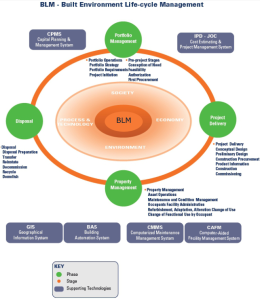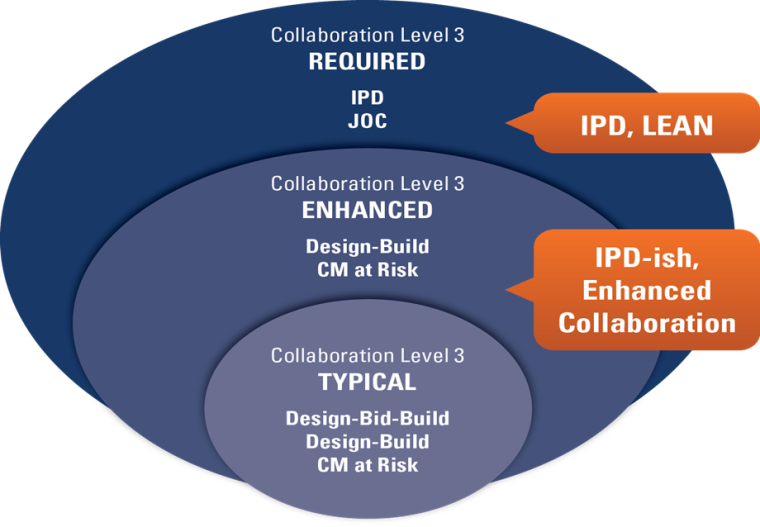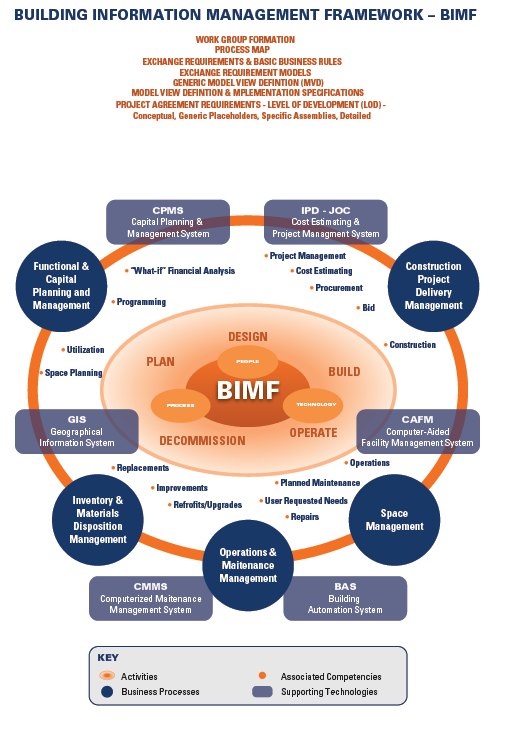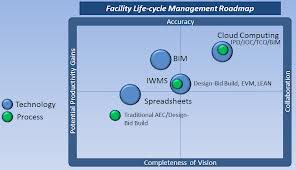I find IWMS systems problematic for the following reasons.
First and foremost, IWMS systems typically start as a monolithic application, with expertise in one area.
For example, a software company that built a CMMS system, then decides to add a capital planning module (CPMS) or a space planning module (CAFM), or a project delivery module.
Without appropriate domain expertise the result is a system that does a lot of things in a mediocre manner, vs. an integration of “best in class” solutions.
With the advent of cloud computing, Owners can easily select “best in class” solutions and simply treat them as “plug-ins” to their private cloud. Traditional software programs as we have known them are dying, and being replace by applets…think of your smart phone.
The real key is for Owners to develop life-cycle management capabilities. Owners focus must be upon assuring robust ontology and the adoption of transparent, proven business processes. Strategic portfolio management, collaborative project delivery (IPD – integrated project delivery, JOC – job order contracting), optimized portfolio operations management, and maximization of available resources must be the mantra for Owners.
Technology is no longer an issue, it’s Owner expertise. Technology should never dictate process, its role is to support low cost, consistent deployment of organization best practices, and to improve transparency, collaboration, information reuse, and decision support.
Thoughts?
 via http://www.4Clicks.com – 4Clicks provides advanced solutions for the construction industry with powerful tools to connect people, information and processes – anytime, anywhere.
via http://www.4Clicks.com – 4Clicks provides advanced solutions for the construction industry with powerful tools to connect people, information and processes – anytime, anywhere.







